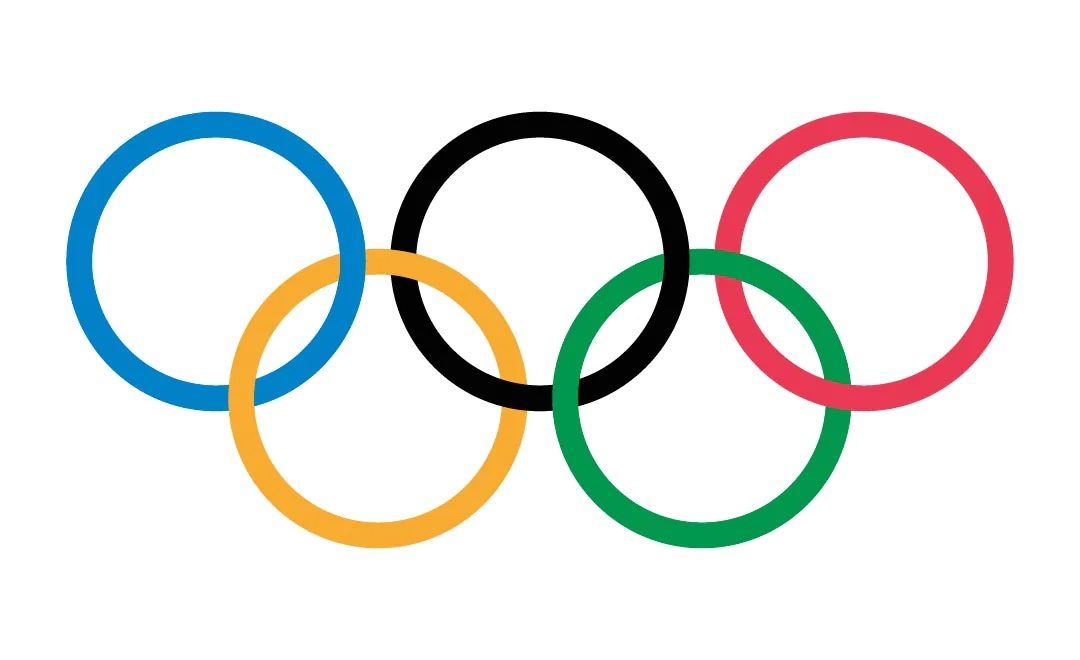In February 1980 the Americans and Soviets dramatically faced-off in the hockey rink. Remembered as “The Miracle on Ice,” the American upset of the heavily-favored Soviet team at the 1980 Winter Olympics was deemed the 20th century’s top sports moment by Sports Illustrated. In Cold War: Soviets, Spies and Secrets visitors can relive the thrill of this victory by viewing artifacts on loan from the United States Olympic & Paralympic Committee including a USA hockey jersey signed by Team USA captain, Mike Eruzione, and hockey tickets from the 1980 Winter Games in Lake Placid, New York.
Since the first modern Olympic games were held in 1896, international politics have often played a role. During the Cold War, however, the Olympics became an ongoing battleground between the Soviet Union and its client states and the United States and its western allies.
Athletes competing in the games had to be amateurs. In basketball, for example, professional players from the National Basketball League could not compete for Team USA.
Yet athletes from the Soviet Union and its communist allies, which did not have professional sports leagues, were fully supported by their governments as if their sport was their job. Many believe that this provided the athletes from the Soviet bloc with an unfair advantage.
Sports where athletes were awarded points for their performance, such as gymnastics and diving, often saw judges from communist countries award their athletes higher scores than did the other judges on the panel and lower scores to athletes from western countries.
The Miracle on Ice
The Soviet ice hockey team was the heavy favorite going into the games. Soviet hockey teams had won gold in five of the six previous Olympics, stretching back to 1956. The American team, consisting entirely of amateurs, wasn’t given a chance to take home the gold. Yet in the first stage of the tournament, both Team USA and the Soviet team were unbeaten. The two teams would face-off against each other in the first game of the medal round.
The Olympic Fieldhouse was packed with American fans cheering on Team USA. The two teams were tied, 2-2, at the end of the first period. The Soviets ended the second period ahead, 3-2. But the Americans battled back to win the game, scoring two goals in the third and final period while holding the Soviets scoreless. The Fieldhouse shook to the rafters, while across the United States people glued to the TV sets heard ABC-TV announcer, Al Michaels, exclaim, “Do you believe in miracles?! YES!”
The U.S. went on to defeat Finland, securing the gold medal. The Soviets had to settle for silver.
Team USA’s victory came at a particularly tense time in the Cold War when American power and prestige seemed on the wane. Defeating the Soviet Union was a real morale boost for Americans from coast to coast, ice hockey fans or not.
The 1980 Moscow Summer Olympics: Team USA Stays Home
After the drama of the “Miracle on Ice” the Soviet Union, host of the summer games in Moscow, was eager to capture Olympic glory. But just as they had in Lake Placid, Cold War politics were on display at the Moscow Olympics.
In December 1979 the Soviet Union invaded Afghanistan in support of that country’s communist government, which was under attack by a coalition of anti-communist Muslim rebels known as the mujahideen. The United States opposed the Soviet invasion. President Jimmy Carter responded with several measures designed to pressure the Soviets to withdraw from Afghanistan. Among his proposals was a boycott of the Moscow Olympics by the U.S. Olympic team. The president set a deadline for Soviet withdrawal, which the Soviets ignored. When some American athletes announced their intention to go to Moscow in defiance of the president‘s call for a boycott, they were warned that if they did so their passports would be revoked.
The Carter administration’s effort to convince other nations to join in the boycott met with mixed success. Although some American allies joined the U.S. in boycotting the games, most nations did not. The Soviets responded in 1984 by boycotting that year’s summer games in Los Angeles. The Soviets would remain in Afghanistan for ten years, not withdrawing until 1989.
Years later, the U.S. Department of State observed that, “These Olympic boycotts were just one manifestation of the cooling relations between the United States and the Soviet Union in the early 1980s.”
Cold War: Soviets, Spies and Secrets is included with admission to the Nixon Library. The Nixon Library is open seven days a week from 10 AM to 5 PM.
Nixon Library admission is $25 for adults, $21 for seniors, $19 for high school and college students, $19 for retired military, active military are free, children 5-11 for $15 and children 4 and under are free.
Nixon Foundation Members enjoy complimentary admission to the exhibit as part of their membership benefits.

